

Aloe Leaf (Aloe vera)
This very useful plant is valued for its ability to treat burns, eczema, psoriasis and open wounds when applied topically, and is used internally for detoxification, constipation and other digestive problems. DO NOT eat the leaf because it is poisonous. There are safe commercially available Aloe Vera juices at your local health food store.
Do not use in cases of Crohn’s disease, colitis, or unknown abdominal pain.
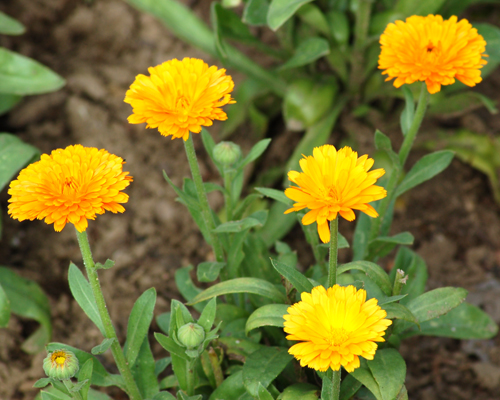
Calendula Flowers (Calendula officinalis)
Used topically in lotions, salves, and tea for the treatment of extremely dry skin, yeast infections, herpes, gingivitis, ringworm, athletes foot, and varicose veins. Used internally for colitis, swollen glands, menstrual problems, and PID. Kills bacterial and viral infections; reduces pain and relieves burns.

Chamomile Flowers (Matricaria chamomilla)
This gentle and very effective herb is used as a tea for its calming effects for insomnia and colic, and to treat the common cold, ease digestion, calm motion sickness, and ease diarrhea. Externally for wounds, burns, eczema, wrinkles, stretch marks and canker sores. As a compress the warm tea can be used for muscle pains and strains, stiffness and inflammation. Placing the moist warm teabag on eyelid ends stye infections. Halts the effects of hayfever! Drink 3-4 cups of warm Chamomile tea every day during pollen season (1-2 cups for children).

Dandelion leaf (Taraxacum officinale)
Great tonic herb, and restorative on the cellular level. Historical uses include the treatment of acne, anemia, breast cancer, breast tumors, female organ disorders, PMS symptoms, digestion, excess weight, yeast infections, age spots, and fatigue. A fantastic diuretic without depleting potassium stores. Full of vitamins. Because of dandelions cellular cleansing abilities, it is fantastic for restoring energy to those who experience chronic bouts of fatigue.

Echinacea root (Echinacea purpurea)
This incredible immune boosting herb increases the white blood cell count and as such has been used for centuries for colds and flu infections as well as in healing salves because it kills bacteria when used both topically and internally. Makes a great tasting tea and when used in a spray bottle, makes a great throat spray. Continual use lessens the effectiveness of this powerhouse herb, so if you use it regularly, take a few days off each week.

Garlic (Allium sativum)
A highly effective antiviral herb. Use crushed cloves in your recipes for warding off and recovering from colds, flu, and all other bacterial and viral infections. Also used for high blood pressure, high cholesterol and as a blood thinning agent for circulatory conditions.
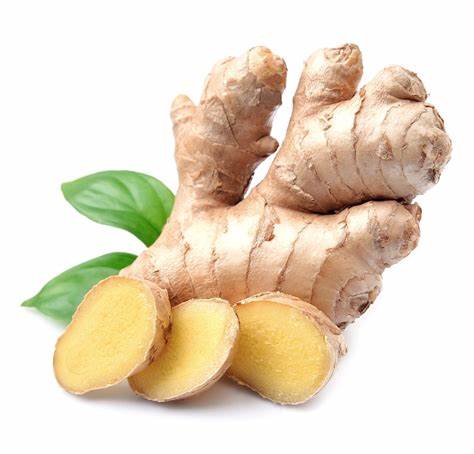
Ginger root (Zingiber officinale)
Nothing works better for indigestion! I always keep a jar of crystallized ginger root pieces in my kitchen for relief of indigestion of all types. Great for morning sickness and motion sickness as well. Also used for treatment of migraines, rheumatoid arthritis, colds, flu, and menstrual cramps.

Lavender (Lavendula officinallis)
The aroma of lavender flower is relaxing and helps ease headaches, PMS, stress and anxiety. Use topically for just about any condition as it is very nourishing to the skin. Apply salve to cuts, burns, wounds, sunburn, rashes, stings, and poison ivy.
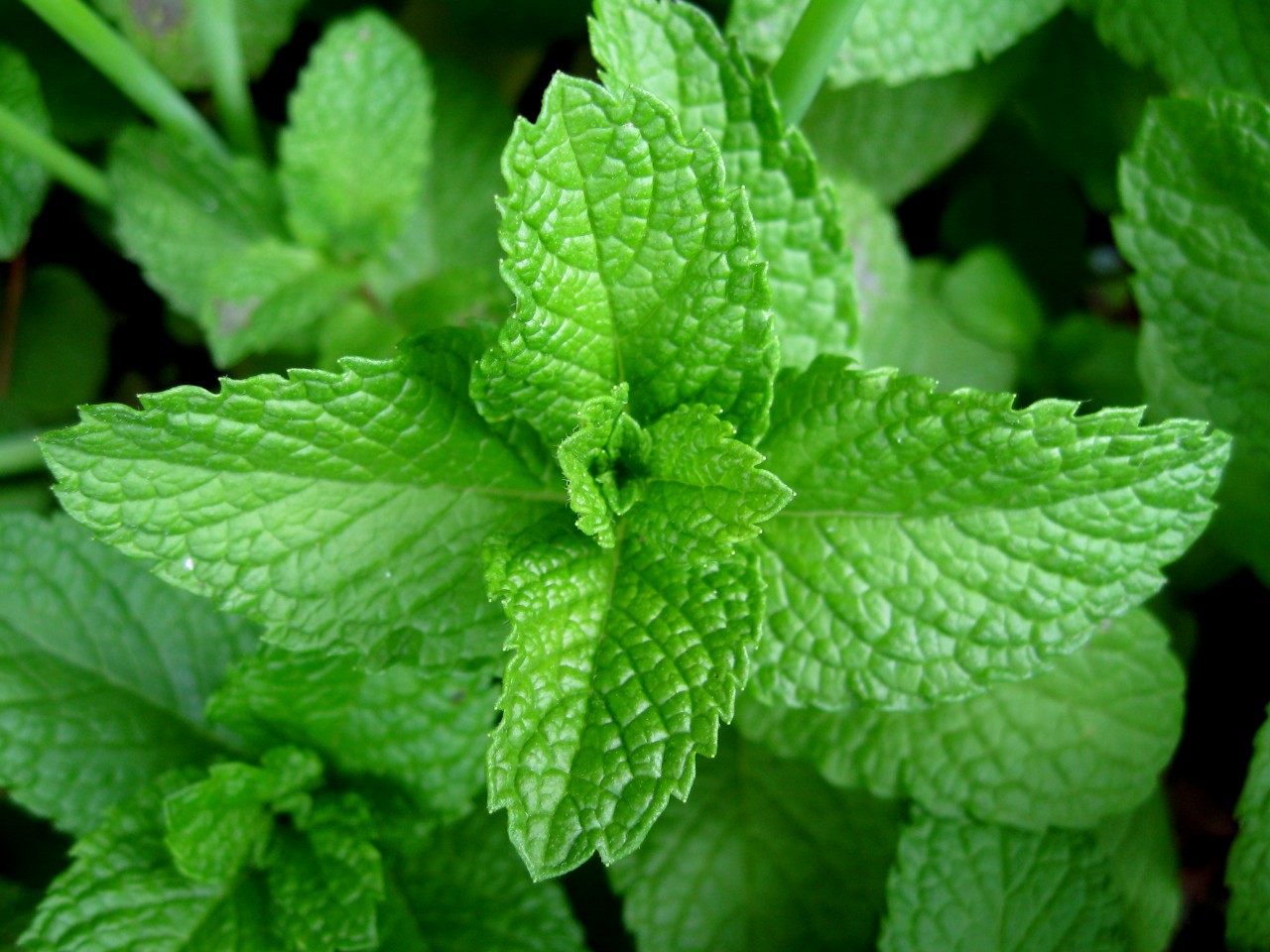
Lemon Balm leaf (Melissa officinalis)
Used topically for bathing cuts and grazes, insect bites, and stings. Great for acne, shingles, chicken pox and cold sores. Herpes simplex virus.

Peppermint Leaf (Mentha x piperita)
Used for stomach aches, colds, and coughing. This delicious herb is great for increasing energy, so don’t drink at night.
Uncontrolled Vomiting – To reduce the risk of dehydration caused by loss of fluids do to flu or other gastrointestinal disorder, make a strong peppermint tea (steep for 15 minutes, covered) then add a few drops of essential oil of peppermint and serve warm.
This usually does the trick right away.

Rose Hips (Rosa)
Rich in Vitamin C, rose hips contain more vitamin C than any other herb or citrus fruit. They are great when used for immune support when fighting a cold of flu, as it is a known antioxidant.

Rosemary leaf (Rosemarinus officinalis)
Used externally in a salve, tea or poultice, the leaves increase healing of infections as an astringent, and has antibacterial properties. When used internally, it has been shown to increase memory and increase circulation.
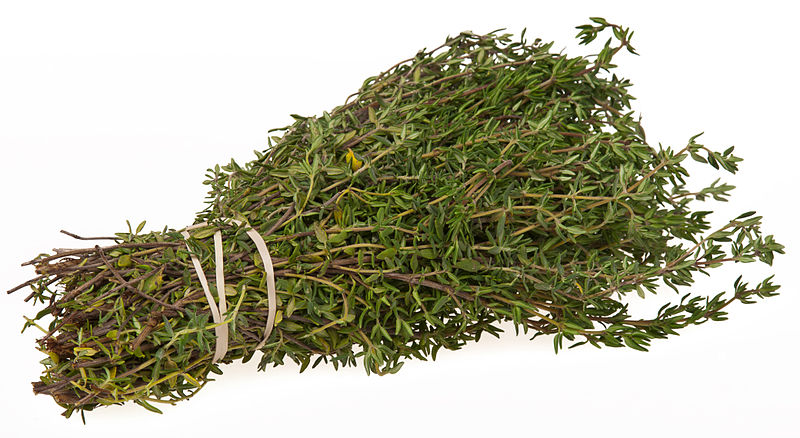
Thyme leaf (Thymus Vulgarus)
Great for lung health, it is used in cough syrups and it can be added to your chicken soup. Women who are pregnant should not drink thyme tea, although small amounts of thyme used in cooking do not cause side effects. Do not take thyme as a medicine if you have a duodenal ulcer or if you have thyroid disease.
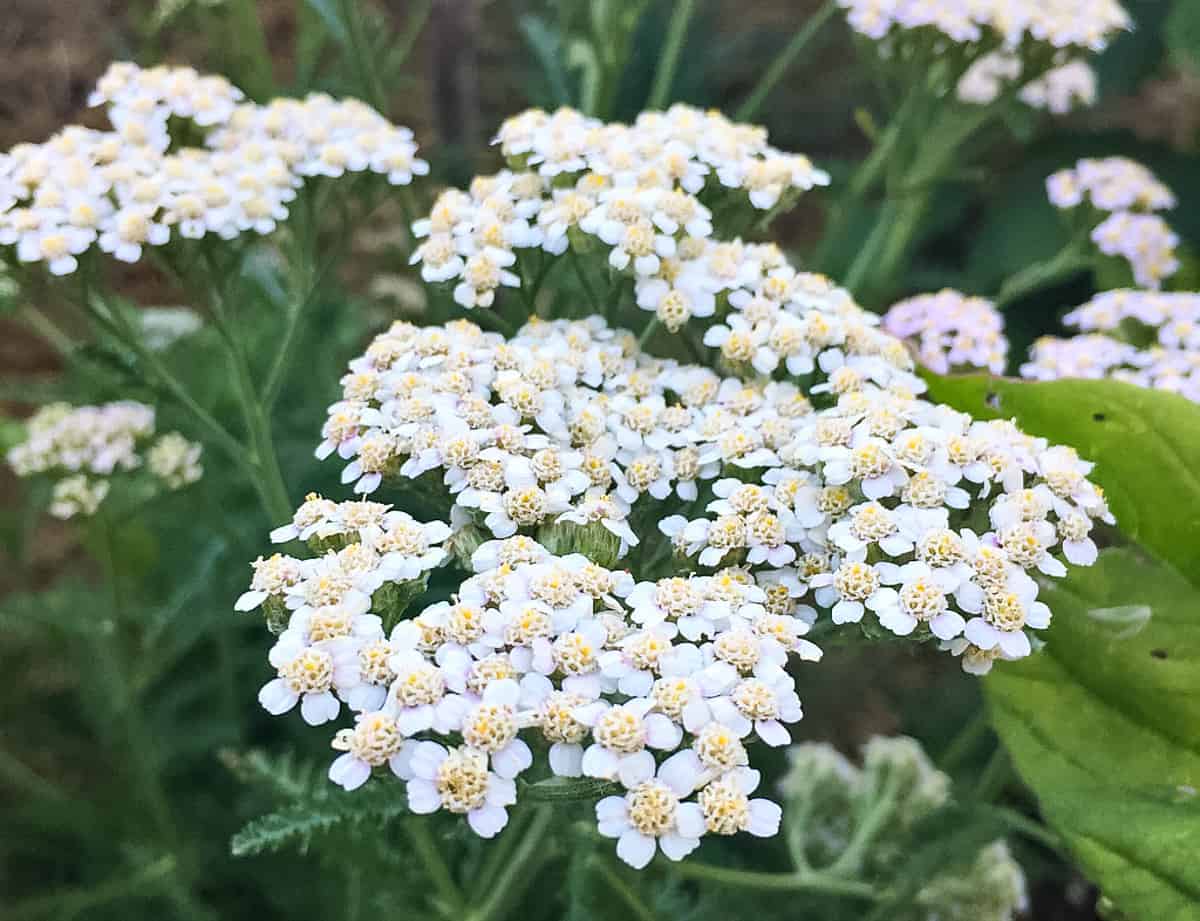
Yarrow flower (Achillea millefolium)
Used externally to treat deep cuts by stopping bleeding, to prevent infection and to promote healing. Induces sweating when taken as a tea, making it a good fever remedy. Also treats stomach cramps and menstrual cramping.